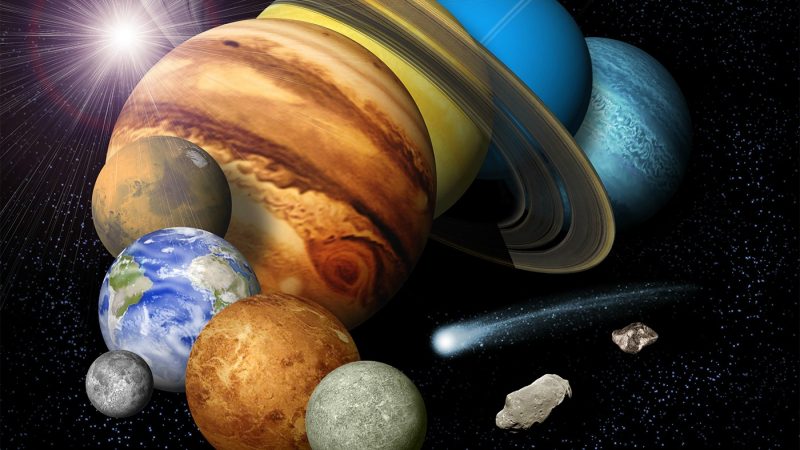65 Facts About Solar Energy - RevoluSun Massachusetts Things To Know Before You Buy

See This Report on Top 10 Interesting Facts About Solar System - SlideShare
Venus is swept by super-powerful winds that some hope might harbor lifeVenus is a hellish planet with a high-temperature, high-pressure environment on its surface area. Bone-dry and hot enough to melt lead, it's not precisely an inviting environment (and has actually probably constantly been unwelcoming to life). When greatly shielded Venera spacecraft from the Soviet Union landed there in the 1970s, according to NASA each lasted a few minutes (opens in new tab) or, at a lot of, a few hours before melting or being crushed beyond their ability to operate.
Researchers have found that its upper winds flow 50 times faster than the world's rotation. The Most Complete Run-Down (which orbited the planet between 2006 and 2014) tracked the winds over long periods and identified routine variations. It also discovered that the hurricane-force winds seemed getting more powerful over time.
Could they suggest life? Not without sufficient water, claim follow-up research studies that securely reject the possibility of life in Venus' dry windy atmosphere. 8. There is water all over, Water was when considered an uncommon compound in space. In fact, water ice exists all over the solar system: It's a common element of comets and asteroids, for starters.
The Best Strategy To Use For Top 10 Interesting and Fun Facts About Planet Earth - Owlcation
Mars also has ice at its poles, in frost and likely listed below the surface dust. Even smaller sized bodies in the planetary system have ice: Saturn's moon Enceladus, and the dwarf planet Ceres, among others. NASA researchers (opens in new tab) suspect Jupiter's moon Europa might be the most likely recognized candidate for extraterrestrial life since, versus all expectations, there is most likely liquid water below its split and frozen surface area.


solar system - Definition, Planets, Diagram, Videos, & Facts - Britannica

25 Crazy Facts About Our Solar System - YouTube

In Depth - Hypothetical Planet X – NASA Solar System Exploration
However we understand that not all ice is the same. A close-up evaluation of Comet 67P/Churyumov, Gerasimenko by the European Area Company's Rosetta spacecraft, for instance, exposed a different type of water ice than the kind discovered in the world. 9. Spacecraft have actually visited every world, We have actually been exploring space for more than 60 years, and have actually been fortunate enough to get close-up images of lots of celestial objects.
The bulk of the flybys originated from NASA's Voyager 1 and Voyager 2, which left Earth more than 4 decades ago and are still transferring information from interstellar area. Between them, the Voyagers clocked visits to Jupiter, Saturn, Uranus and Neptune, thanks to an appropriate positioning of the outer worlds.
